June 23, 2025 | 16:30 GMT +7
June 23, 2025 | 16:30 GMT +7
Hotline: 0913.378.918
June 23, 2025 | 16:30 GMT +7
Hotline: 0913.378.918

Sacks of rice are piled up at a large mart in Seoul on Monday. [NEWS1]
The National Assembly is in the process of amending a law to make it mandatory for the government to purchase rice, which it already does but is not legally required to.
As of last week, the national average wholesale price for a 20-kilogram sack of rice was 46,700 won ($34), according to the Korea Agricultural Marketing Information Service (KAMIS) on Monday, 18.8 percent down from a year ago.
When purchased directly from farms, the price of a 20-kilogram sack of rice decreased 24.8 percent from the previous year to 41,185 won. This year-on-year decline is the steepest since Statistics Korea started publishing related data in 1977, or 45 years ago.
Production of rice has increased significantly in recent years, while consumption is decreasing.
Production of white rice last year was 3,881,601 tons, up 10.7 percent from the previous year. In fact, this increase followed five years of declining production.
And yet, per capita rice consumption has been declining every year.
There are about 530,000 rice farmers in Korea.
The government has some tools to help farmers and keep prices higher, which include so-called market isolation, which refers to the government buying over-produced rice and reducing the supply.
The Ministry of Agriculture, Food and Rural Affairs bought 144,000 tons of rice in February, 126,000 tons in May and 100,000 tons in August — 370,000 tons in total, the same level as in 2017, which was a record for the government.
The Ministry of Agriculture, Food and Rural Affairs decided to purchase a total of 450,000 tons of newly harvested rice this year, up from the 350,000 tons bought every year since 2017. The period of purchase has also been moved up to the end of August.
“We expect that this will have the same effect as buying 100,000 tons of rice produced in 2022,” said an official from the ministry.
A policy to reduce the area of rice cultivation is also being pursued to reduce production, but many question the strategy. The Ministry of Agriculture, Food and Rural Affairs suggested it will be optimal to limit cultivation to 700,000 hectares (1.7 million acres), a reduction of 32,000 hectares, or 4.6 percent, compared to the previous year. But, actual rice cultivation area this year was on 727,158 hectares, only 5,319 hectares, or 0.7 percent, down from the year before.
The government is also trying to prevent overproduction of rice by giving direct payments to farmers who grow other crops such as wheat and soybeans, but immediate results from this strategy have not been felt. Many in the agricultural industry say a support project implemented between 2018 and 2020 to encourage cultivation of other crops should be restarted.
Politically, the Democratic Party (DP) claims the government is neglecting the plight of rice farmers, and it started a task force for normalization of rice prices. It's also proposed an amendment to the Grain Management Act, which would make it mandatory for the government to buy rice.
The amendment also proposes a legal basis for the resumption of the support project from 2018 to 2020 to encourage cultivation of crops other than rice.
“Rice has been chronically oversupplied for more than 20 years,” said Vice Minister of Agriculture, Food and Rural Affairs Kim In-joong on Sept. 1 while visiting a farm in Asan, South Chungcheong. “It is an issue that needs to be further discussed through the parliamentary process because demands from the DP are strong.”
(Koreajoongangdaily)
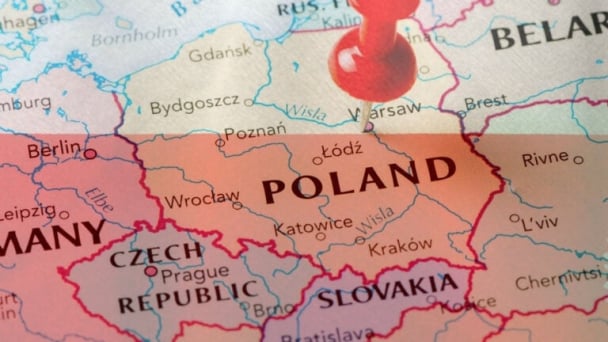
(VAN) Poultry production in Poland, which has only started recovering from devastating bird flu outbreaks earlier this year, has been hit by a series of outbreaks of Newcastle disease, with the veterinary situation deteriorating rapidly.
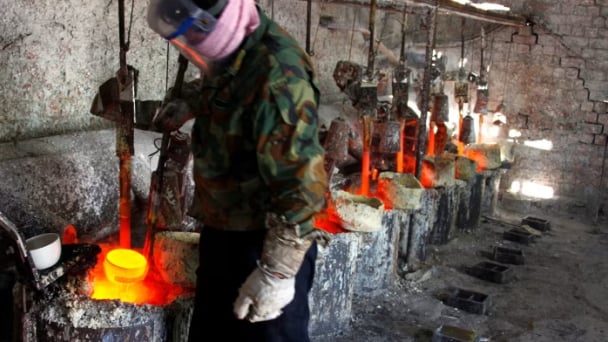
(VAN) Extensive licensing requirements raise concerns about intellectual property theft.
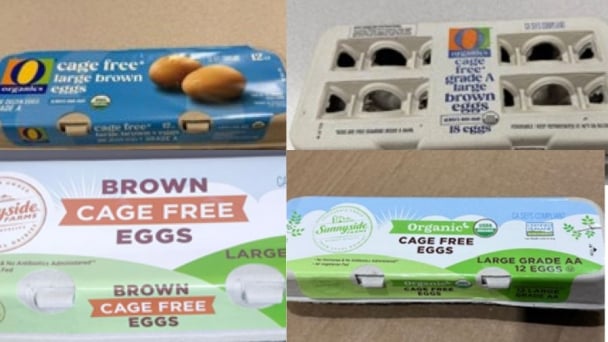
(VAN) As of Friday, a salmonella outbreak linked to a California egg producer had sickened at least 79 people. Of the infected people, 21 hospitalizations were reported, U.S. health officials said.
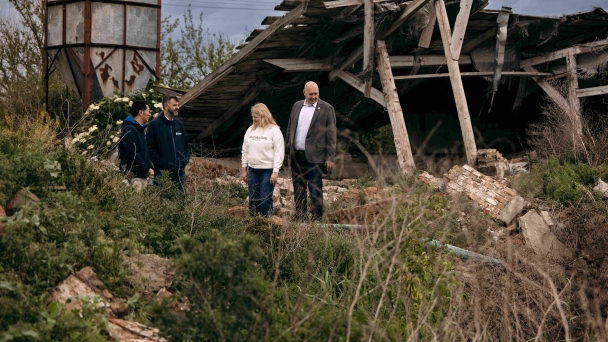
(VAN) With the war ongoing, many Ukrainian farmers and rural farming families face limited access to their land due to mines and lack the financial resources to purchase needed agricultural inputs.

(VAN) Vikas Rambal has quietly built a $5 billion business empire in manufacturing, property and solar, and catapulted onto the Rich List.
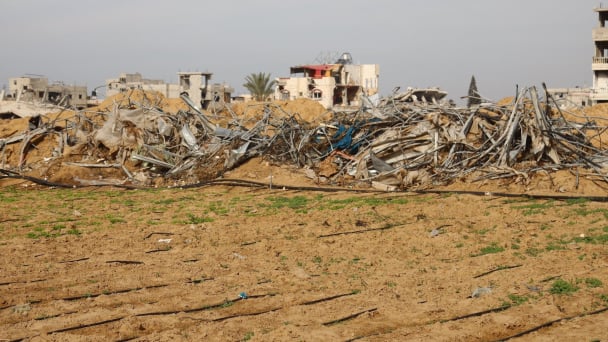
(VAN) Available cropland now at less than five percent, according to latest geospatial assessment from FAO and UNOSAT.
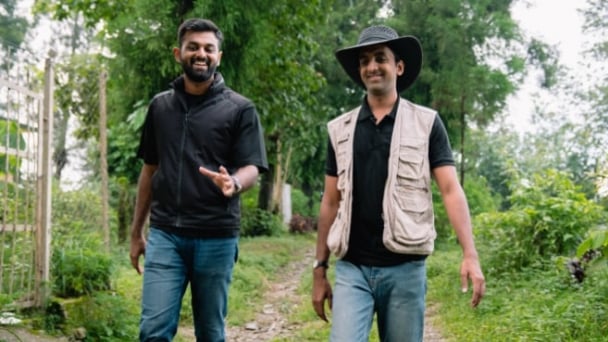
(VAN) Alt Carbon has raised $12 million in a seed round as it plans to scale its carbon dioxide removal work in the South Asian nation.